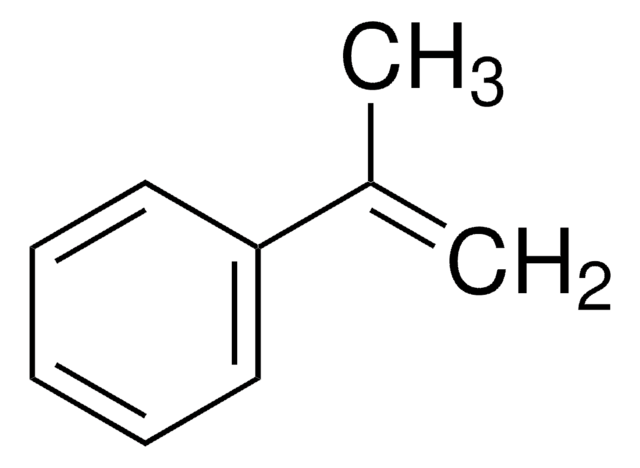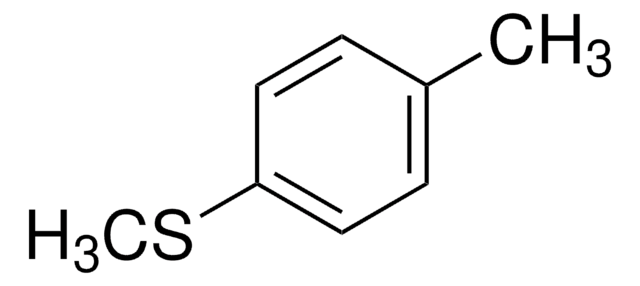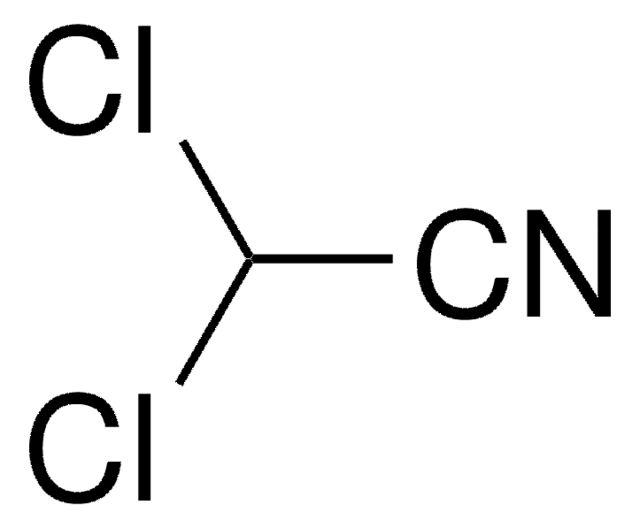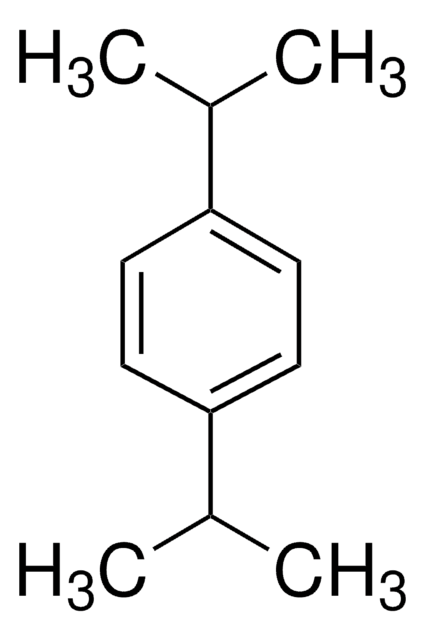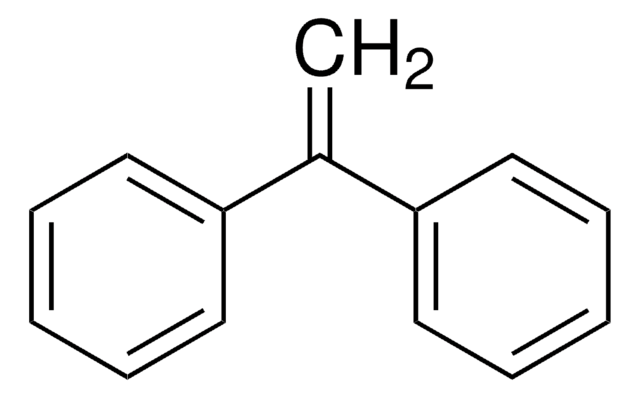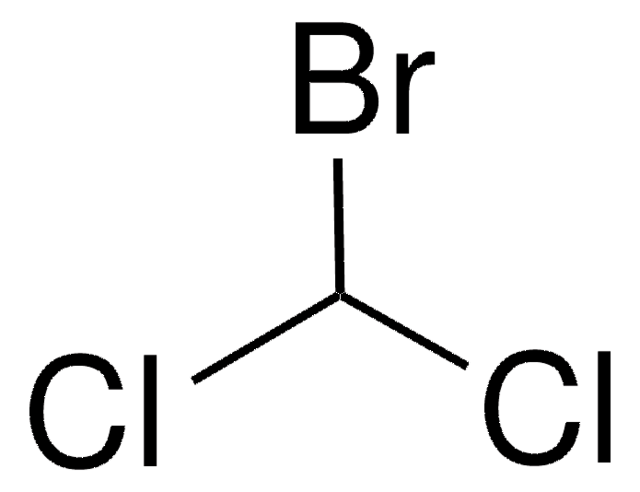推荐产品
化驗
97%
折射率
n/D 1.5542
bp
60-65 °C/7.5 mmHg
密度
2.081 g/mL at 25 °C
官能基
bromo
chloro
SMILES 字串
ClCC(Br)CBr
InChI
1S/C3H5Br2Cl/c4-1-3(5)2-6/h3H,1-2H2
InChI 密鑰
WBEJYOJJBDISQU-UHFFFAOYSA-N
正在寻找类似产品? 访问 产品对比指南
應用
1,2-Dibromo-3-chloropropane can be used to prepare:
- Tritium radiolabeled dibromochloropropane.
- L-Glutathione conjugates, which are used to alkylate the DNA to yield N7-guanyl adducts.
訊號詞
Danger
危險分類
Acute Tox. 3 Oral - Aquatic Chronic 3 - Carc. 1B - Muta. 1B - Repr. 1A - STOT RE 2 Oral
標靶器官
Testes
儲存類別代碼
6.1C - Combustible acute toxic Cat.3 / toxic compounds or compounds which causing chronic effects
水污染物質分類(WGK)
WGK 3
閃點(°F)
170.1 °F
閃點(°C)
76.7 °C
個人防護裝備
Eyeshields, Faceshields, Gloves, type ABEK (EN14387) respirator filter
An improved synthesis of labelled dibromochloropropane
Buchman O, et al.
Journal of Labelled Compounds & Radiopharmaceuticals, 18(12), 1713-1719 (1981)
Isolation and characterization of N7-guanyl adducts derived from 1, 2-dibromo-3-chloropropane
Humphreys WG, et al.
Chemical Research in Toxicology, 4(4), 445-453 (1991)
S Teramoto et al.
Mutation research, 221(1), 1-9 (1989-07-01)
1,2-Dibromo-3-chloropropane (DBCP) is a nematocide, which has been used extensively as a soil fumigant in agriculture. Since sterility was found among male workers involved in the manufacture of DBCP, great concern has been focused on the genetic hazards of DBCP.
Heather A Clark et al.
Journal of environmental science and health. Part C, Environmental carcinogenesis & ecotoxicology reviews, 23(2), 215-260 (2005-11-18)
Dibromochloropropane (1,2-dibromo-3-chloropropane, DBCP), a pesticide used widely for over 20 years to control nematodes on crops, turf and in nurseries, was banned by the United States Environmental Protection Agency (US EPA) in 1977 because of evidence of infertility in men
Jae-Chun Ryu et al.
Mutagenesis, 17(4), 301-307 (2002-07-12)
1,2-Dibromo-3-chloropropane (DBCP), a soil fumigant against nematodes, has been extensively studied for genotoxicity, carcinogenicity and damage to male reproduction-related organs, as a possible endocrine disruptor. However, the precise mechanisms involved in DBCP-induced mutagenesis and carcinogenesis are as yet unknown. Thus
我们的科学家团队拥有各种研究领域经验,包括生命科学、材料科学、化学合成、色谱、分析及许多其他领域.
联系技术服务部门![1,3,5-三[(3-甲基苯基)苯氨基]苯 97%](/deepweb/assets/sigmaaldrich/product/structures/169/328/32782c27-7421-44c4-9401-58cf69e87f6c/640/32782c27-7421-44c4-9401-58cf69e87f6c.png)
